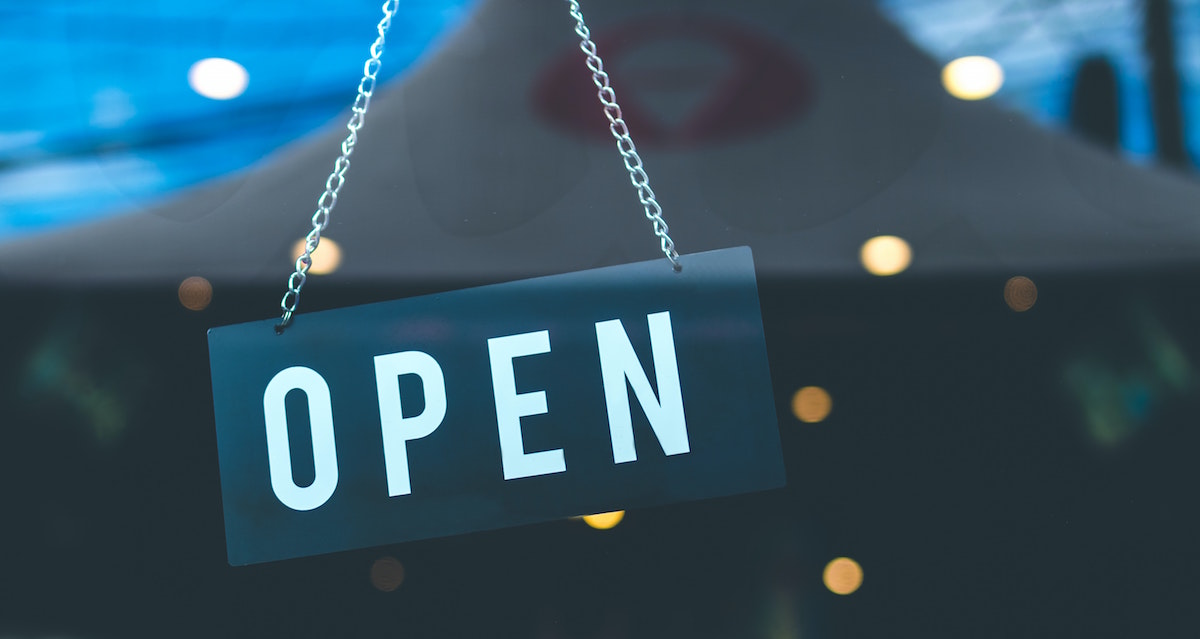Back to Reality: Refocusing and Reiterating Evolution in Retail

As always, the holiday season left retailers scrambling to keep up. Even in the midst of a pandemic, lockdowns, and recession, money flowed in, beating the -1.4 percent month to month sales projection and resulting in 2.9 percent more sales than December 2019 and a 4.0 percent over Q4 2019.
Driven by a massive 19.2 percent increase over December 2019 by nonstore retailers, the saving grace of the holiday season may have saved some businesses—or set the stage for a 2021 full of haves and have nots.
But now comes the reality. As always, January marks the rapid snap back to reality. But 2021 is going to be even different—remember, this is the first post-holiday doldrums in the age of COVID. During this time, it pays to reflect—and start planning for the next holiday season.
Remembering 2020 when Planning for 2021
2020 is a year that is going to weigh on the minds of retailers for years to come—with good reason. A year full of challenges for many and opportunities for some, it required changes for everyone from retail and ecommerce giants like Amazon and Walmart down to the local mom-and-pop shop. But survival in 2021—a year filled with continued economic challenges—is going to take poise, agility, and resilience.
Therefore, with both 2020 and the holiday season behind us, it's important to ask what was a quick fix and what's becoming permanent.
Recovery? Recession? Preparing for an Uncertain 2021
Let’s start with the positive. eMarketer predicts that total US retail sales are expected to grow to $5.630 trillion in 2021. After declining growth numbers culminating in a 0.8% increase in 2020, the analyst group expects 2.3% growth in 2021 and 4.1% in 2022 as the industry edges ever closer to the $6 trillion mark. For ecommerce companies, the celebration continues.
After realizing revenue numbers not expected until 2025 last year, these numbers aren’t going away.
But then there’s the negative. According to a recent Controllers Council webcast featuring Euler Hermes, the number of Zombie Firms, companies paying more in debt servicing than profits, will reach nearly 20 percent.
Added to this, the company predicts a 36% increase in business bankruptcy filings in 2021. PPP loans are drying up, job creation is slowing after the May-20 and Jun-20 numbers, and consumption is slowing.
Retailer Resilience: Building Your Foundation for Sustained Success
The rest of the decade is going to be an adventure for the retail industry. But with any adventure, getting where you want to go requires preparation, strength, and a clear understanding of where you want to be. Resilience matters, and it’s important to build a strong business foundation today to mitigate any of the dangers that lie ahead. To develop this resilience, it’s important to determine your threats and opportunities, looking at the trends in the market.
Customer and Employee Behavior—Consider 2020 the New Normal
According to Forbes contributor Greg Petro, the consumer will not lose interest in online purchasing and will likely maintain the same or perhaps higher levels of online purchasing forevermore. The same goes for your employees. Those who were able to work remotely in the past year aren’t planning for a consistent and lengthy commute. Though many consider in-person activities as an “experience,” 2021 and beyond will look a lot more like 2020.
This will require two unique approaches. For the consumer, the next few months will require you to develop a link between the two main buying channels (online and in-store). For employees, your best bet will be to solidify any work from home initiative—reworking policies and moving your technology stack to empower, rather than simply cater to your distributed workforce.
The Second Great Migration Meets the Mall Collapse and Dark Store Movement
Perhaps the future of retail exists in a store that isn’t a store. Referred to as a “dark store” by tech pundits, these locations are finding use as hubs built entirely to fill online orders. Whole Foods launched one of these locations Brooklyn in 2019, created explicitly to pack up online orders.
For some retailers, this could connect with another trend called “The Second Great Migration.” Petro adds that 2020 has pushed many to make the move from city to suburb. Millennials, now in the settling down phase in their lives, are following the suburban movement of their grandparents.
By connecting the dots between the dark store movement and the second great migration, retailers may have expansion opportunities. Where? Malls.
Malls faced a convergence of unfortunate events. Anchor stores have spent the past decade on the verge of collapse. Then the pandemic hit. Now, malls are forced to seek out business however they can—and many are open to offering incredibly cheap space.
This presents an opportunity for retailers to create new business at low cost, opening a “dark store” in a suburban mall. With low-cost space and none of the bells and whistles of building a retailer, you could make the most of a bad situation.
Getting More from Dark Stores: Success in the Last Mile
UPS, FedEx and USPS are at their limits and eventually there will not be enough deliverers. But this could also mean an opportunity for retailers to take the dark store mentality further and embracing the last mile of delivery, using these locations as delivery hubs and getting even closer to your customers.
The Necessity: An Omnicommerce Future
As we discussed in our larger predictions blog, customers are going to expect you to fit their exact needs. Omnichannel—the convergence of ecommerce and in-person shopping—requires communication, accuracy, and flexibility. With so much value in meeting customers where they stand, those who embrace it have massive opportunities for revenue gains in 2021 and beyond.
The COVID-19 outbreak solidified the expectation that retailers deliver a connected omnichannel experience. Leisure went out the window when customers discovered that they could have the items ready and available when they drove up. Rather than spending an afternoon shopping, they could spend an hour or so shopping online, schedule pickup at a few locations, and be back home.
Even as we get back to normal, this expectation that you deliver ease of use and accessibility will remain—and if you haven’t done so already, you’re putting yourself behind.
How Cloud 9 ERP Solutions and Acumatica Can Help You Connect the Dots
Setting up and running a successful omnichannel experience in 2021 requires you to provide a curbside pickup experience. The shutdowns and stay at home orders have taken this from nice-to-have to mandatory.
Without integration and intelligence however, the decision to embrace a curbside pickup initiative could do more harm than good. Luckily, Acumatica makes curbside pickup easy. Delivering the flexibility, real-time information, and automation you need, Acumatica can facilitate the processing between an ecommerce website and your store. Watch the video below to learn more.
Additional Commerce Resources
Future-Proofing Your Ecommerce Initiatives With Cloud-Built ERP
The Ecommerce Pick-Pack-Ship Process
How Cloud ERP Can Benefit Ecommerce



